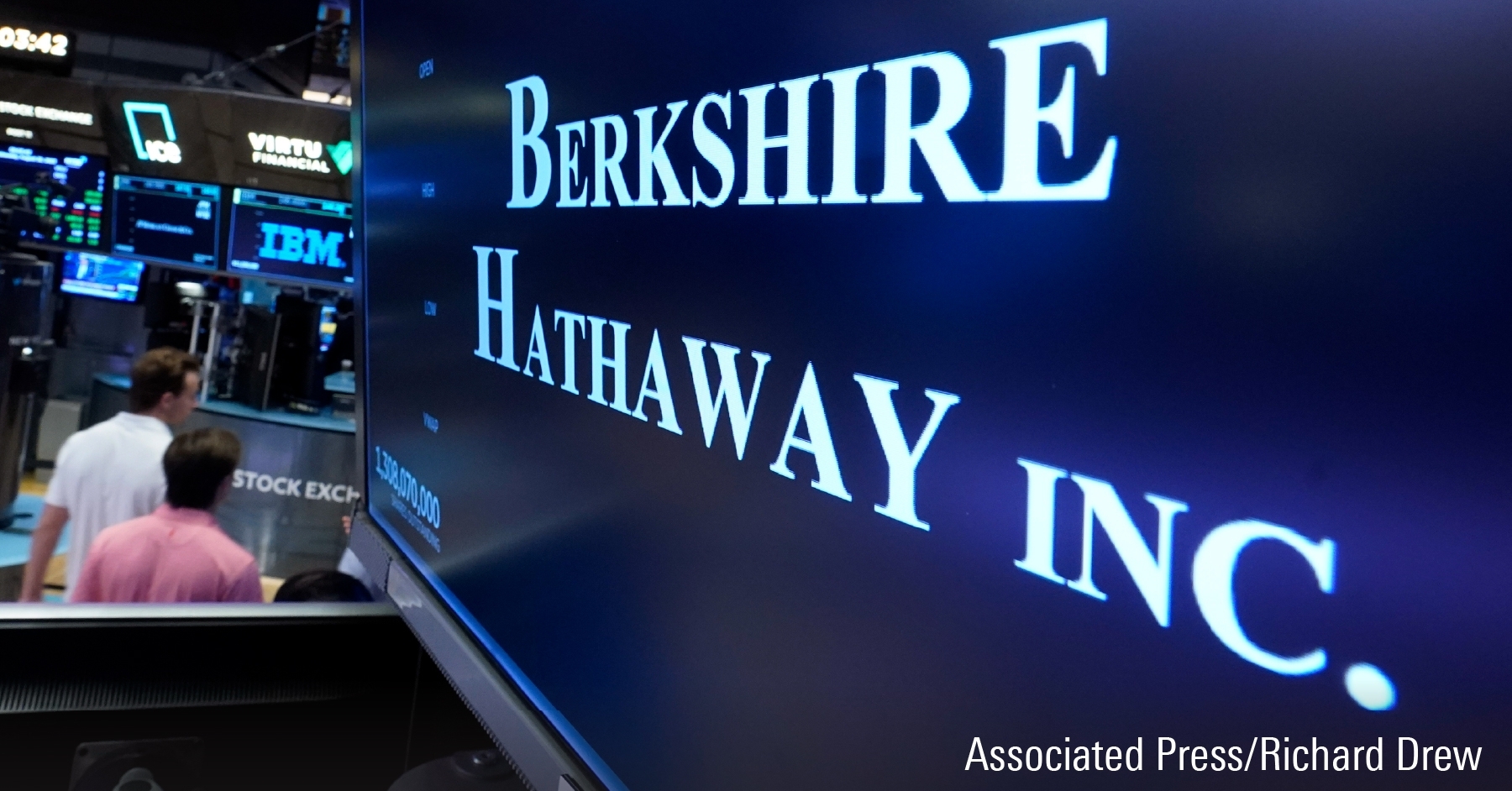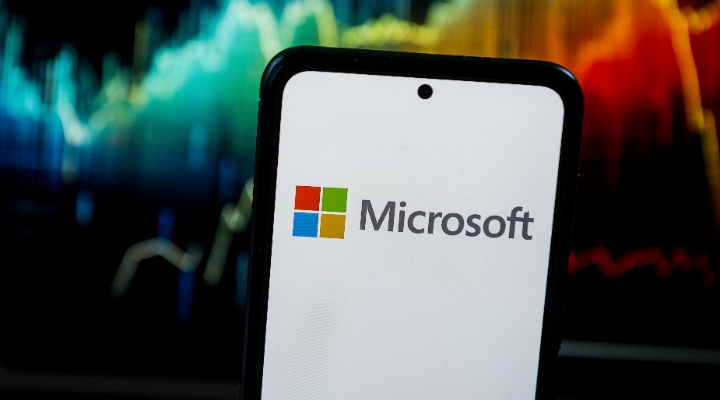We expect to raise our $43 fair value estimate modestly after including updated results, adjusting our long-term assumptions, and lowering our cost of equity to 11% from 12% to account for a lower implied inflation rate in our forward outlook. With the youngest fleet, we think the boost to yields from premium pricing over the first 12-18 months of new ships joining the fleet will disproportionately help Norwegian, as new berths are still a bigger percentage of the total than at the company’s peers—helping total yields grow consistently over the next few years.
Norwegian’s 2015 earnings per share outlook was better than our original $2.50 forecast, at $2.70-$2.90, primarily due to lower expenses, which isn’t surprising co nsidering the synergies expected from the consolidation of Prestige. However, the company won't escape near-term uncertainty surrounding Caribbean bookings, which could weigh on performance potential throughout the first half of 2015. For the full year, the company forecasts as-reported net revenue yields of 17.5% (we projected 18%), while net cruise costs excluding fuel rise 23.5% (our original forecast was for 28% growth). On a like-for-like basis (pro forma) full-year yields are projected to rise 1.5%, while costs grow 2.75%, likely skewed upward by the higher cost of operating the Prestige fleet on an available passenger cruise days basis. Norwegian has only one ship, Escape, being deployed this year, in October, so most of the capacity growth in 2015 will be from the addition of the Prestige fleet year over year.
During the fourth quarter, total yields rose 9.3% on an as-reported basis, including the Prestige business. Organically, net revenue yield ticked up 4%, helped by entry from the Getaway early in 2014. This supported total revenue growth of 31%, with onboard growing slower than ticket, at 25% and 34%, respectively. On the cost side, combined expenses per capacity day increased 16% in total and 24% excluding fuel as Prestige’s higher-cost fleet entered the mix. Like for like, Norwegian’s cos ts rose 7%, or 12% excluding fuel, as the company continued to invest in the Next program ($250 million-plus investment to add new enhancements and experiences to the fleet, including popular restaurants, entertainment and technology upgrades) and boost marketing ahead of the wave season. Interest expense grew materially during the quarter in connection with the acquisition of Prestige and new-build financings.
We suspect that the benefits of the Prestige transaction are just beginning to help Norwegian. While the company reiterated its $25 million in expected synergies during 2015, the team noted that it was planning to identify, quantify, and implement new cost savings above and beyond this metric (with the magnitude still to be determined). There were also revenue synergies that were likely to be addressed, as the three brands share more information on sourcing and pricing certain itineraries. We like Prestige’s tactic of marketing to fill rather than discounting to fill, but note that the net effect is likely similar, with one tactic affecting revenue and the other expenses. However, holding prices firm keeps the brand perception in high regard and possibly makes it easier for Norwegian to raise its prices in the future, which supports our narrow moat rating.
We think the company has opportunity to increase its EBITDA margins over time by casting a wider sourcing net, expanding into international markets, and stringently controlling expenses (without sacrificing quality), which should be reasonable as the business has scaled up nicely with the addition with Prestige fleet. Longer term, we still expect low- to mid-single-digit yield increases with low-single-digit cost increases, after the initial jump from higher-yielding and costing capacity in 2015 from the acquisition.
























